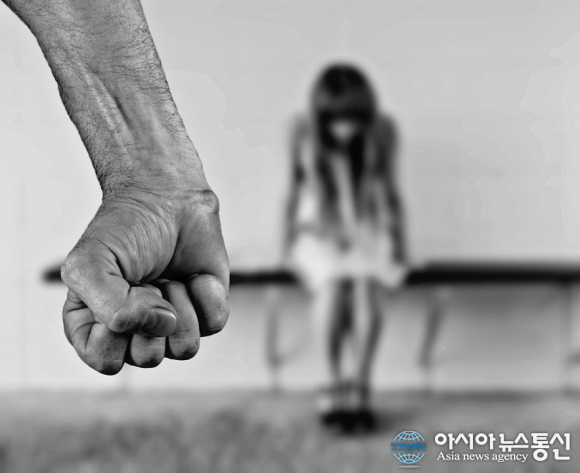 |
| Photo by: Alexas_Fotos via Pixabay |
Horror films, as a genre in itself, focuses on the exploration of human fears, anxieties, and threat. They often take the form of supernatural ghosts, zombies, anthropomorphic blobs, aliens, and even sometimes an unknown entity such as Stephen King’s The Mist. Horror, at its best, is a genre that exposes the deepest levels of our psyche, piercing through what our minds deny in our day to day lives as we go on through the busy way of living.
The art of cinema, however as a medium upon which the horror genre can be masterfully realized, provides numerous implications that perhaps literature falls short in terms of experience: the act of gazing. In turn, horror films almost incorporate the violation of female identity. Films such as Psycho (1960), The Exorcist (1973), The Babadook (2014), and some notable mainstream Japanese horror movies like The Ring (2002) and The Grudge (2004) spawned similar archetypal tropes of the ghost of a white lady that went rampant during its hype.
What most of these films share and perhaps, one of the most common archetypes of the horror genre is the demonization of women. How women are represented in horror films may come out as something traditionally efficient. In an interview with Eli Roth, the producer of The Last Exorcism and the director of Hostel movies, he says “With a possessed girl, you instantly feel protective of her. Teenage boys can be violent and dangerous already, so when they’re possessed, you don’t see much of a difference.”
Roth provided an example of a male-possessed character in horror films such as Amityville 2: The Possession, but he clarified that it is the female-oriented horror that is very much received in the industry. “The filmmakers simply took the elements that worked and thought they could make a quick buck off of it, and one of those ingredients was a young girl. But they were just trying to make money, not make a groundbreaking film,” he added.
To put things in context, the current generation of moviegoers are somehow numbed to these effects. As much as an average fan of the horror film genre can be aware of these stereotypes, what are the consequences of representing female violence across the horror genre?
Cinema makes the audience passive. In turn, it generates the type of “view” upon which women in horror films are becoming objectified. With every cut and shift in camera angle, the audience becomes detached witnesses of the event. However, it can be argued that almost anything that is being presented on screen can be objectified but the role of women in the horror genre says a lot more about how women are being represented in our current society.
The audience as spectators of this gender violence is consuming this information unconsciously. The issue of cinematic violence is a separate issue altogether but its implications add up as to why it has become a tradition for women to be the target of horror films.
Horror films are basically the exploration of the subconscious, which is, as referred through psychoanalysis, where repressed thoughts and emotions are buried. Most likely it is a place where we keep what we mostly deny to ourselves, like a compartment of secrets that are stored in the basement. This analogy fairly represents the horror genre as a Pandora’s Box, and this reason is why horror induces fear. It is something that we would rather not face such as our problems and daily anxieties. Horror films provide that catharsis, freeing us from our own fears by representing them as a ghost or a disfigured monster that haunts the protagonist.
Situating the demonized woman archetype in horror films, several academic studies agree that cinema often functions as a patriarchal tool whereas women are seen as objects of pleasure. This pleasure of looking is also called scopophilia which is similar to voyeurism that detaches the audience from the subject and this detachment, in turn, makes the subject the object of pleasure.
What we can derive from here as cinema as a patriarchal “male gaze” that explores the demonization of women in horror films is that the act of demonizing the female figure is a reflection of a male castration. The fear of being overwhelmed by such othered female is something that has taken hold of the tradition of the horror genre.
To conclude, through the horror genre, we can provide a synthesis of power relations between men and women that offer an explanation for the deranged woman archetype. Examining closely, the apparent claims of misogyny in this genre are actually the reverse in terms of its effects. What is clear is that there is a patriarchal fear of women upon establishing these tropes within the horror tradition and perhaps offering a counterpoint towards the power of patriarchy under the pretense of control of the camera can reveal a different perspective towards this gender bias in the film industry.

